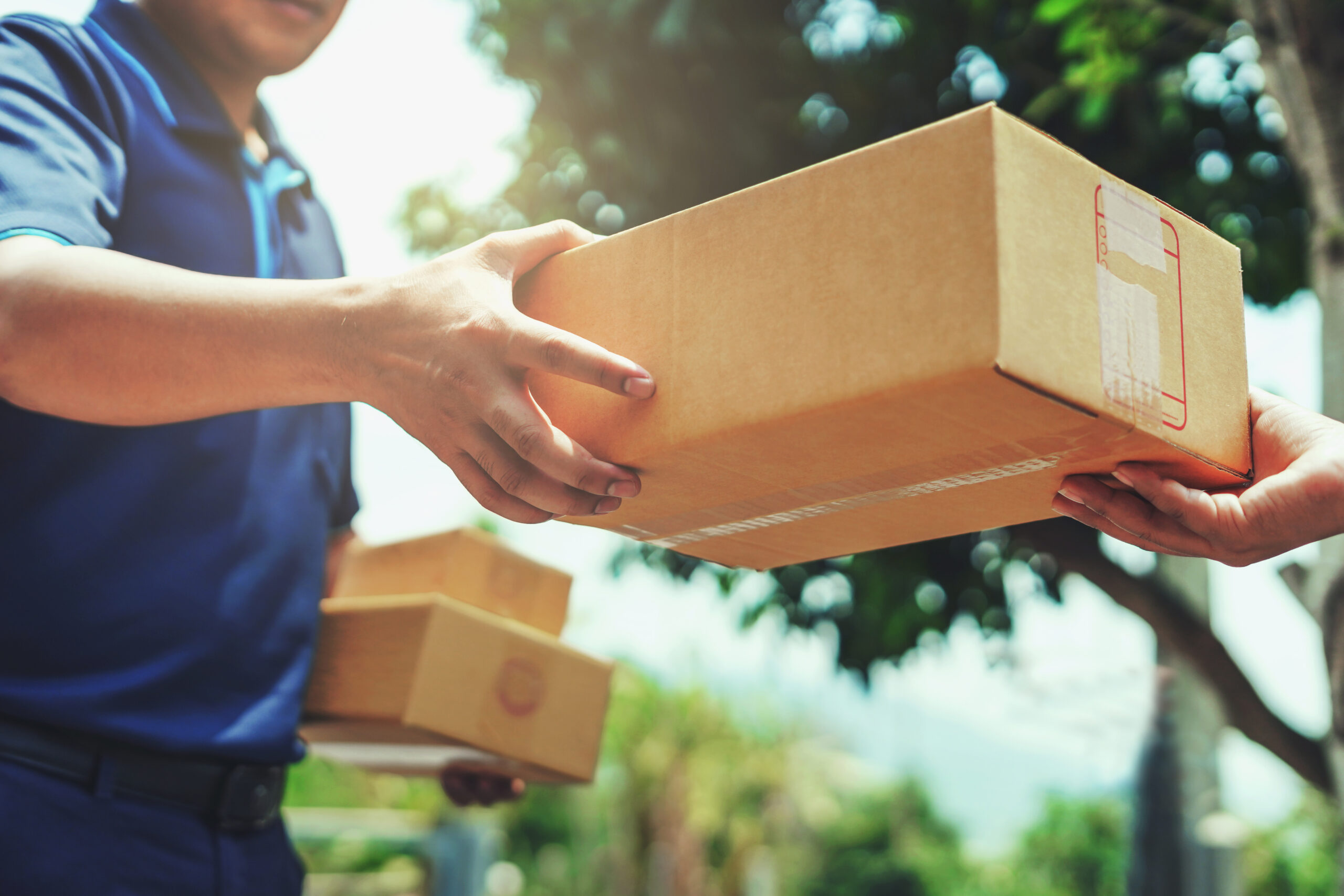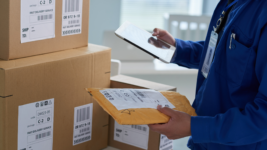A lot of statistics out there suggest that many shoppers want same – or next-day delivery – and that they expect two- or three-day delivery. Yet according to a recent “State of Last Mile” report from Project44, the average order-to-delivery time for retailers is now about four days. What gives?
First of all, when it comes to what online customers expect, it’s important to keep one of Mick Jagger’s most famous lyrics in mind.

While some e-tailing giants like Amazon can make (and keep) ambitious delivery promises, many others can’t, because their fulfillment networks aren’t nearly as large, agile or close to end users as Amazon’s. They also don’t have their own delivery fleets – or the stratospheric shipping volumes that might allow them to score the best possible pick-up times from parcel carriers.
Instead, these retailers have to base their delivery promises on slightly longer transit times and their more ordinary parcel purchasing clout.
Project44’s latest report is a reflection of that dichotomy. While it does indeed track about 1 billion shipments per year, none of these shipments come from Amazon, which ships billions of packages annually. If you factored in those shipments, the average estimated order-to-delivery time would be considerably shorter.
Regardless of how you run the numbers, does it seem like the average estimated order-to-delivery time is decreasing?
Absolutely. According to the same report, today’s average order-to-delivery times are about two days faster than they were in spring 2022. That’s the best they’ve been in years.
However, today’s deliveries are also less reliable, with on-time performance dropping from 83.9% in spring 2022 to 80.4% in spring 2023. And customers definitely don’t like it!
What’s the takeaway for shippers?
Even if you haven’t shaved any time off of your order-to-delivery averages since this time last year, chances are good that your competitors have.
Ask your national parcel carriers what they can do to help you improve your last-mile speed now that their capacity is no longer so constrained. And look into the possibility of working with regional parcel carriers, because many might be able to help you deliver to certain areas faster than UPS or FedEx.
At the same time, make sure you can consistently hit the faster delivery times that you’re aiming for before posting those new delivery estimates on your website – because the last thing you want to do is overpromise and under-deliver.
If you have any burning questions about delivery times or anything parcel related, drop us a line. Our parcel experts will be more than happy to help.





